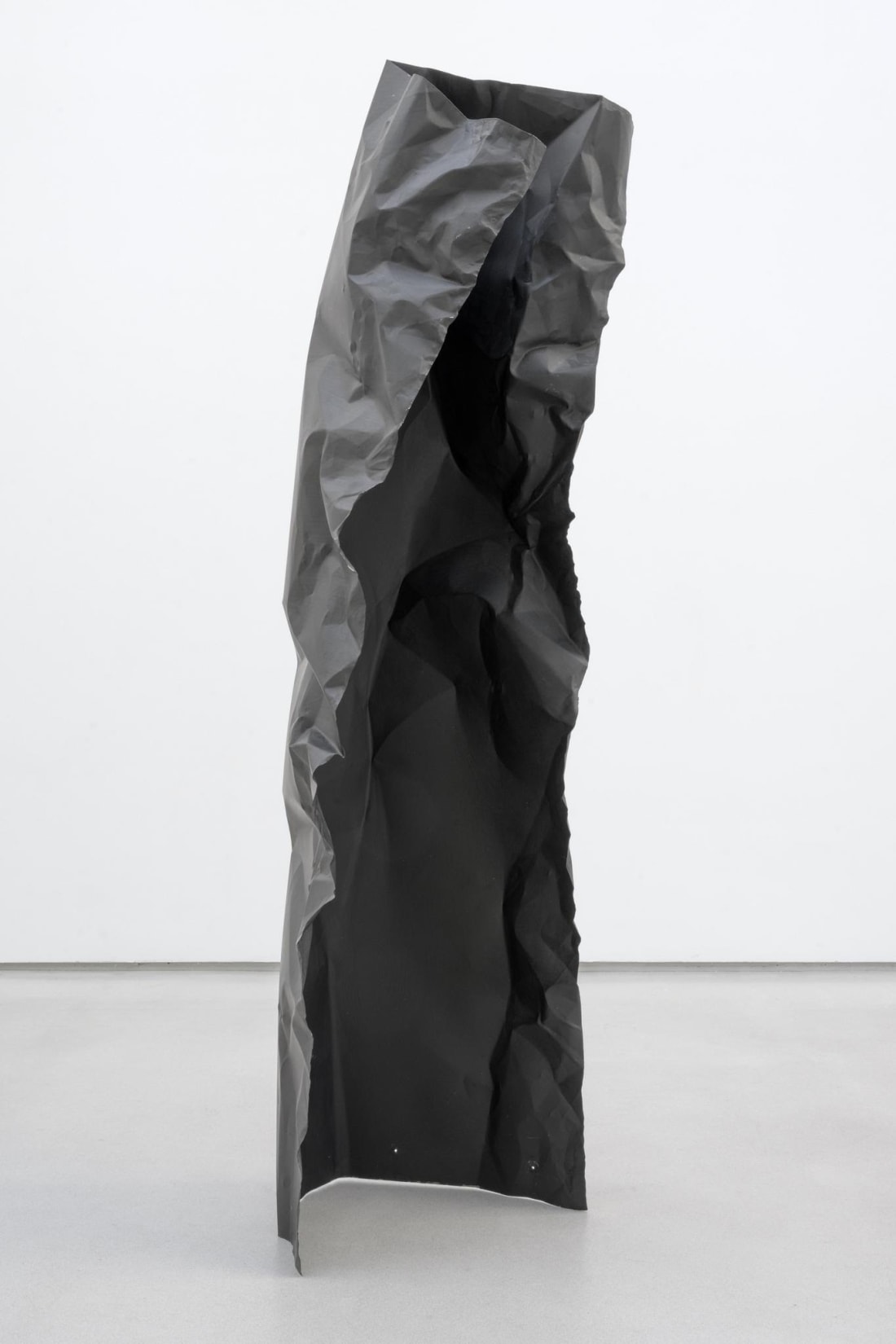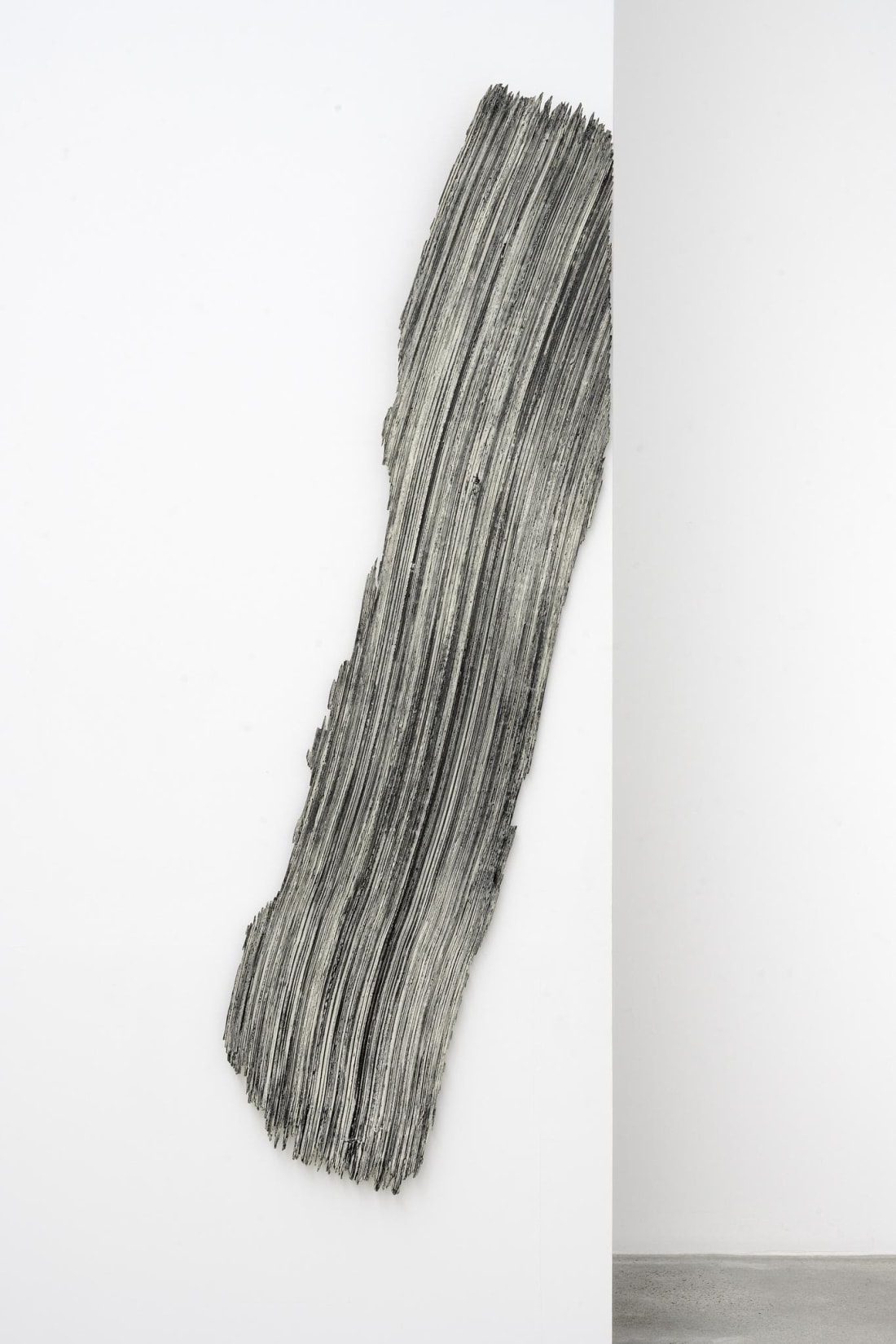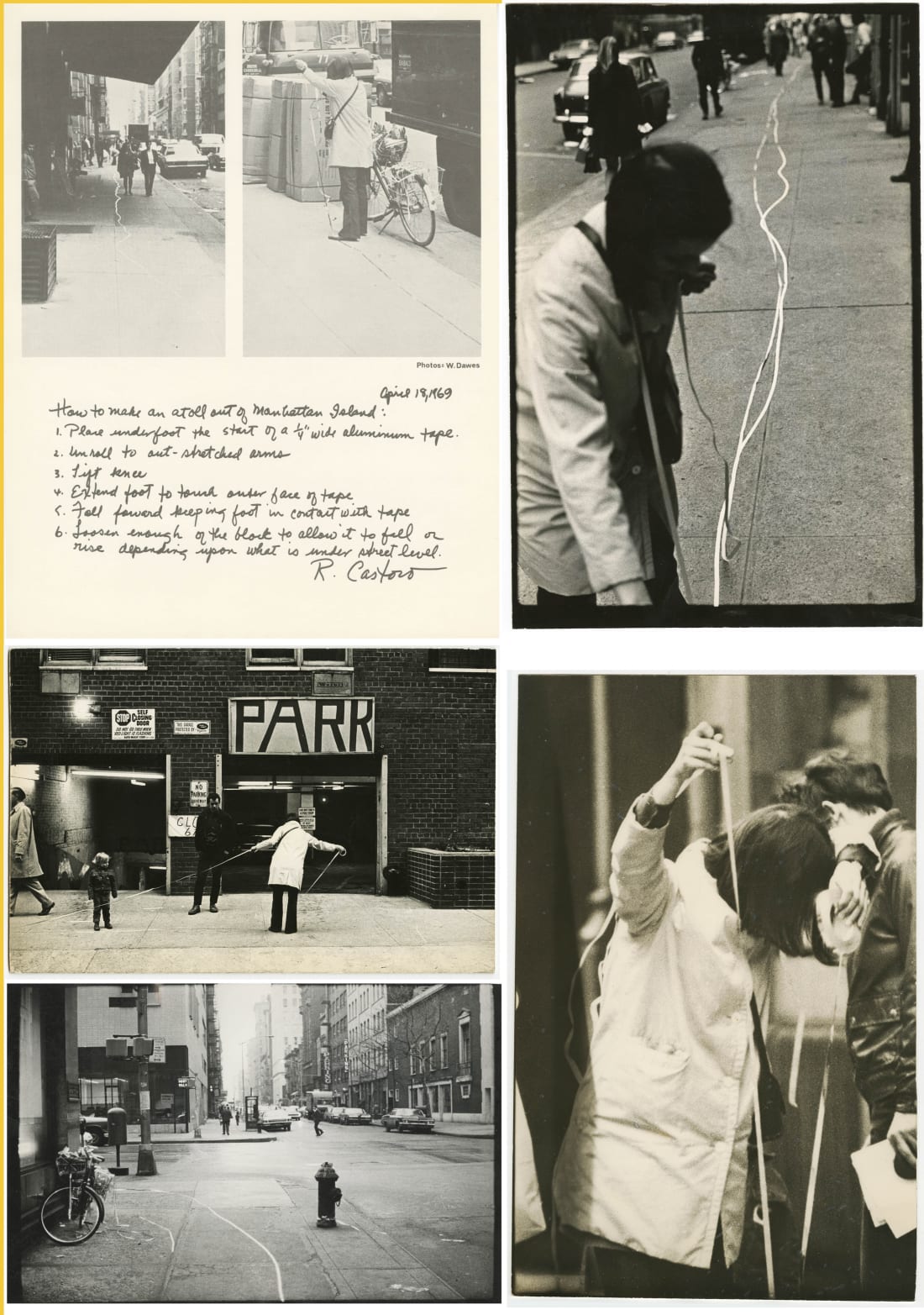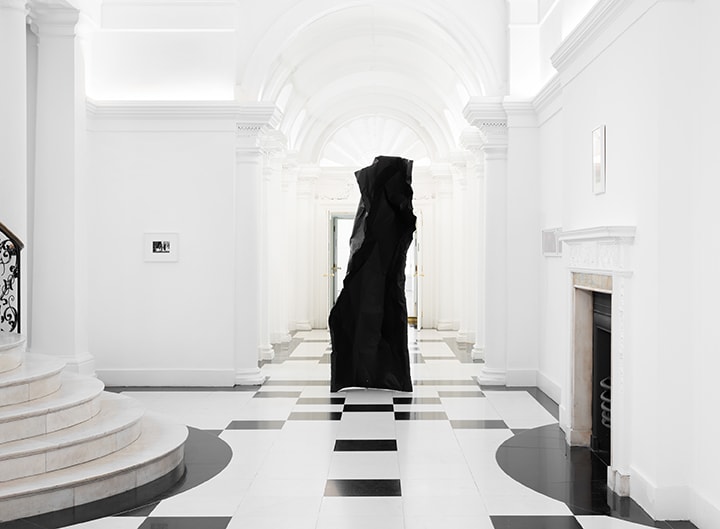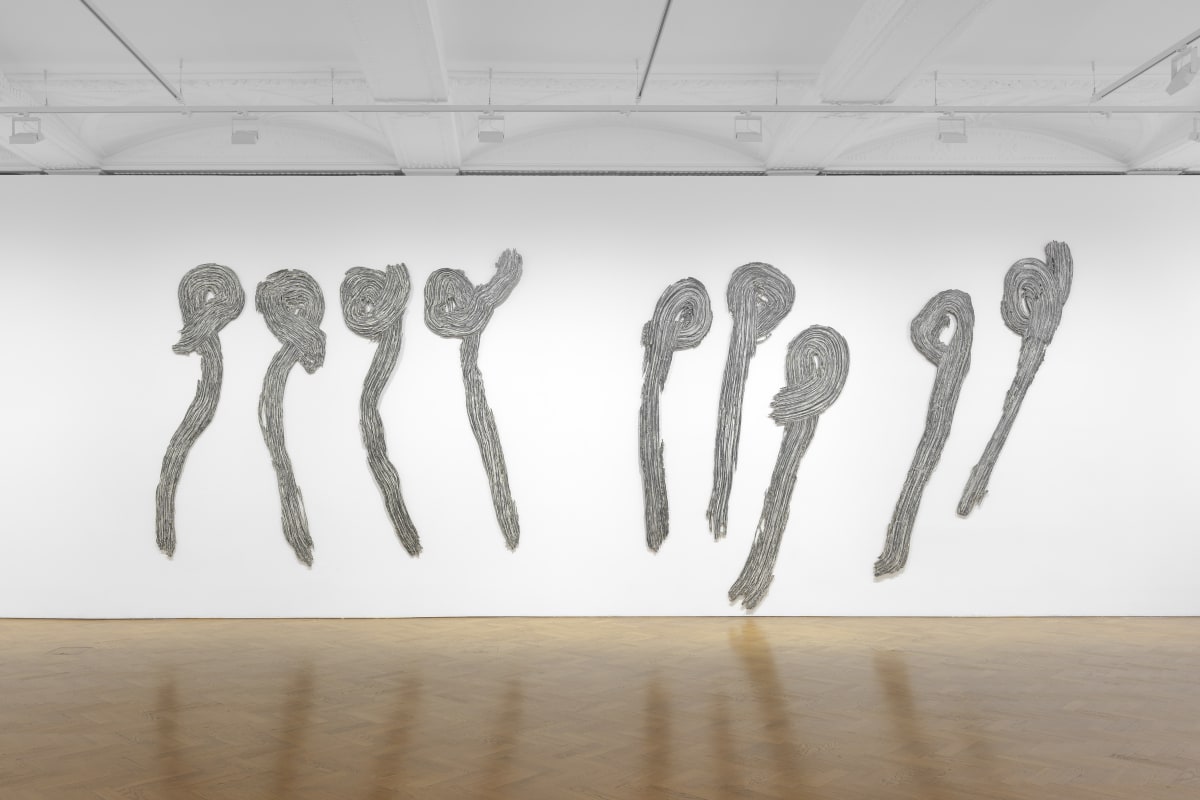

Rosemarie Castoro Estate
Overview
'I function as a human being in my art. My art is grounded on expressing my life…'
Rosemarie Castoro formulated her unique artistic idiom within the context of Minimalist and Conceptual art in 1960s New York, sharing a SoHo loft with then-partner and fellow artist Carl Andre that became a social hub for creatives, including Lawrence Weiner, Richard Long and Sol LeWitt. While studying graphic design at the Pratt Institute, Brooklyn, she became involved with the New Dance Group and later appeared in several performances with famed Minimalist choreographer Yvonne Rainer. Defying easy categorisation, Castoro called herself a 'paintersculptor', and a dancer's awareness of space informed her works, emphasised in the performative Polaroids she took of herself interacting with them in her studio.
From 1964 onwards, Castoro created systematic works exploring colour and structural compositions in highly innovative experimentations, like her Y-Unit Interference and Inventory paintings and drawings. In 1968 – a time of political unrest in the USA – Castoro abandoned colour and started to engage with Conceptual art, street works, concrete poetry and Post-Minimalist sculpture. From the 1970s until the final years of her life, Castoro focused on sculptural experimentation, creating organic shapes that represented a parallel to the experimentation of Eva Hesse and Louise Bourgeois. Castoro had a tendency to blend media, investing her works with a bodily dimension that is rarely present in the mathematical principles underlying Minimalism. Neither wholly Minimalist nor a self-avowed feminist, her work transgressed boundaries and metamorphosed into an erotically charged language that communicates a sense of empowered female identity. The famed feminist critic and curator Lucy R. Lippard later identified her as a figure who 'subverted or overrode Minimalism on its own turf'.
Rosemarie Castoro formulated her unique artistic idiom within the context of Minimalist and Conceptual art in 1960s New York, sharing a SoHo loft with then-partner and fellow artist Carl Andre that became a social hub for creatives, including Lawrence Weiner, Richard Long and Sol LeWitt. While studying graphic design at the Pratt Institute, Brooklyn, she became involved with the New Dance Group and later appeared in several performances with famed Minimalist choreographer Yvonne Rainer. Defying easy categorisation, Castoro called herself a 'paintersculptor', and a dancer's awareness of space informed her works, emphasised in the performative Polaroids she took of herself interacting with them in her studio.
From 1964 onwards, Castoro created systematic works exploring colour and structural compositions in highly innovative experimentations, like her Y-Unit Interference and Inventory paintings and drawings. In 1968 – a time of political unrest in the USA – Castoro abandoned colour and started to engage with Conceptual art, street works, concrete poetry and Post-Minimalist sculpture. From the 1970s until the final years of her life, Castoro focused on sculptural experimentation, creating organic shapes that represented a parallel to the experimentation of Eva Hesse and Louise Bourgeois. Castoro had a tendency to blend media, investing her works with a bodily dimension that is rarely present in the mathematical principles underlying Minimalism. Neither wholly Minimalist nor a self-avowed feminist, her work transgressed boundaries and metamorphosed into an erotically charged language that communicates a sense of empowered female identity. The famed feminist critic and curator Lucy R. Lippard later identified her as a figure who 'subverted or overrode Minimalism on its own turf'.
Born in Brooklyn, Castoro lived and worked in New York until her death in 2015. Major posthumous career retrospectives have been held at the Museum of Modern and Contemporary Art, Geneva (2019) and the Museum of Contemporary Art, Barcelona (2017). Her work has also been featured in group exhibitions at the Los Angeles County Museum of Art (2017); National Gallery of Art, Washington, D.C. (2016); Museu de Arte Moderna Rio de Janeiro (2014); Albright-Knox Art Gallery, Buffalo, New York (2012); and MoMA PS1, Queens, New York (2003).
Videos

